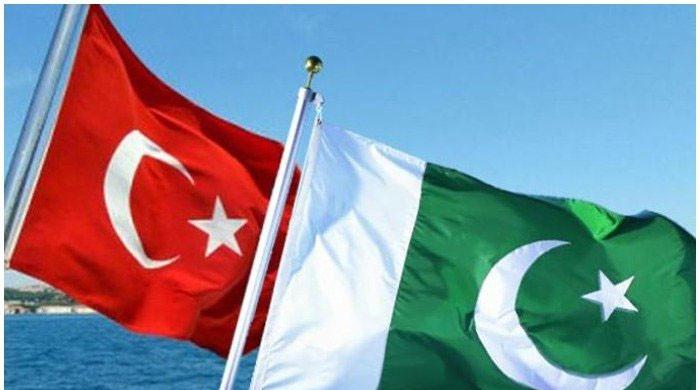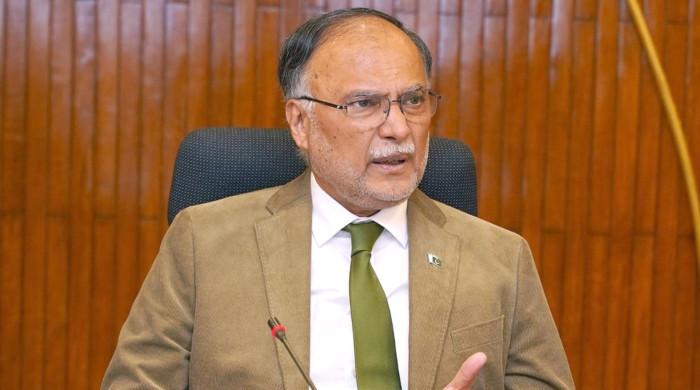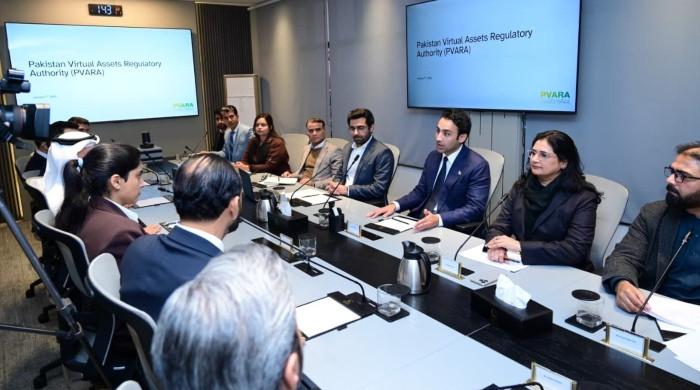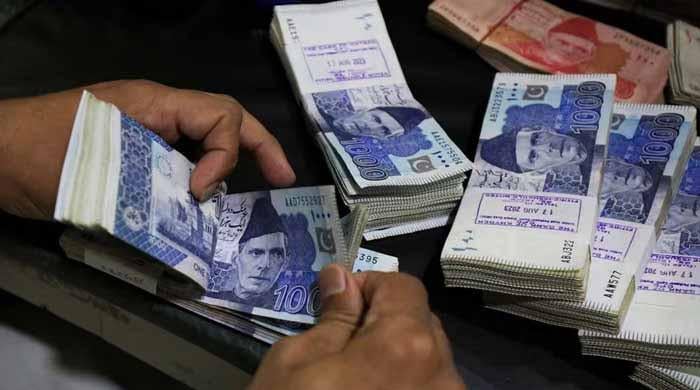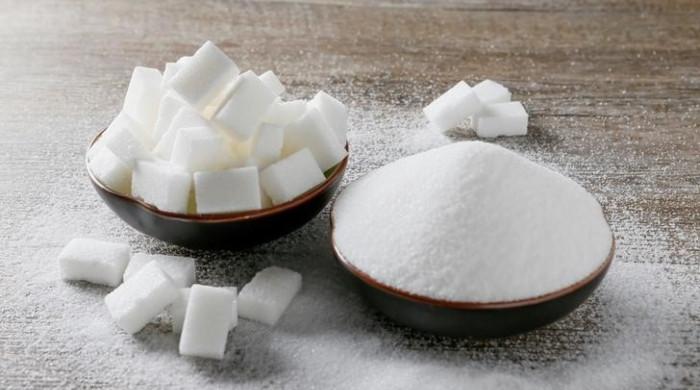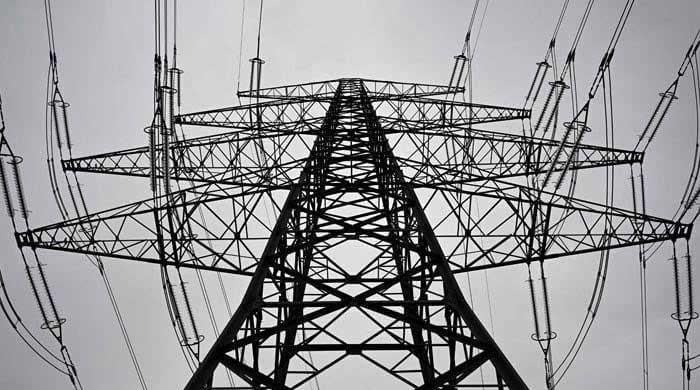World Bank approves $1bn additional financing for Dasu project
Funding will help improve access to socio-economic services for local communities among other facilities, says World Bank
June 11, 2024

- Financing will support "expansion" of hydropower electricity supply.
- Locals to have improved access to socio-economic services.
- Project termed "game changer" for Pakistan's energy sector.
The World Bank on Tuesday approved $1 billion in a second round of additional financing for Pakistan to fund the Dasu Hydropower Stage I (DHP I) Project.
This move by the the global bank's Board of Executive Directors will support the country's transition towards clean and affordable energy.
"This financing will support the expansion of hydropower electricity supply, improve access to socio-economic services for local communities, and build the Water and Power Development Authority’s (WAPDA) capacity to prepare future hydropower projects," read a statement released by the World Bank.
The World Bank's announcement comes just a day before Pakistan is set to unveil its annual budget for fiscal year 2024-2025.
The federal government will also unveil the Economic Survey of Pakistan 2023-24 — a pre-budget document containing the details of major socio-economic achievements during the outgoing fiscal year — at 5pm today (Tuesday).
World Bank Country Director for Pakistan, Najy Benhassine, in a statement said that Pakistan’s energy sector suffers from multiple challenges to achieving affordable, reliable, and sustainable energy.
Benhassine added: "The Dasu Hydropower Project site is one of the best hydropower sites in the world and is a game changer for the Pakistan energy sector. With a very small footprint, the DHP will contribute to 'greening' the energy sector and lowering the cost of electricity."
In its statement, the World Bank mentioned that the DHP will have an installed capacity of 4,320–5,400 MW upon completion.
"The project is being built in stages. DHP-I has a capacity of 2,160 MW and will generate 12,225 gigawatt hours (GWh)/year of low-cost renewable energy. The DHP-II will add 9,260–11,400 GWh per year from the same dam," said the World Bank.
Commenting on the significance of the the project, its Task Team Leader, Rikard Liden, said: "DHP-I is an essential project in Pakistan’s efforts to reverse its dependence on fossil fuels and reach 60 percent renewable energy by 2031."
The second additional financing, Liden added, will facilitate the expansion of electricity supply and potentially save Pakistan an estimated $1.8 billion annually by replacing imported fuels, and offset around 5 million tons of carbon dioxide.
"The annual economic return of DHP-I is estimated to be around 28 percent.”
The World Bank maintained that the additional financing for the hydropower project will also support the ongoing socio-economic initiatives in the Upper Kohistan region, particularly making improvements in the education, health, employment, and transport sectors.
"Through this project adult literacy has increased by an estimated 30% since 2012, boys’ schooling increased by 16% while girls’ schooling has increased by 70% during this period," it added.
The area's ongoing community development activities will also continue with the project's support including works on roads, irrigation schemes, schools, medical facilities, mosques, bridges, solar energy systems, and science laboratories and libraries.
It added that all these developmental works will be done with an emphasis on women beneficiaries, including the establishment of free healthcare clinics/camps with women doctors/nurses, trainings for female health workers, trainings on livelihoods and literacy for women, and awareness-raising programs on health and hygiene.




